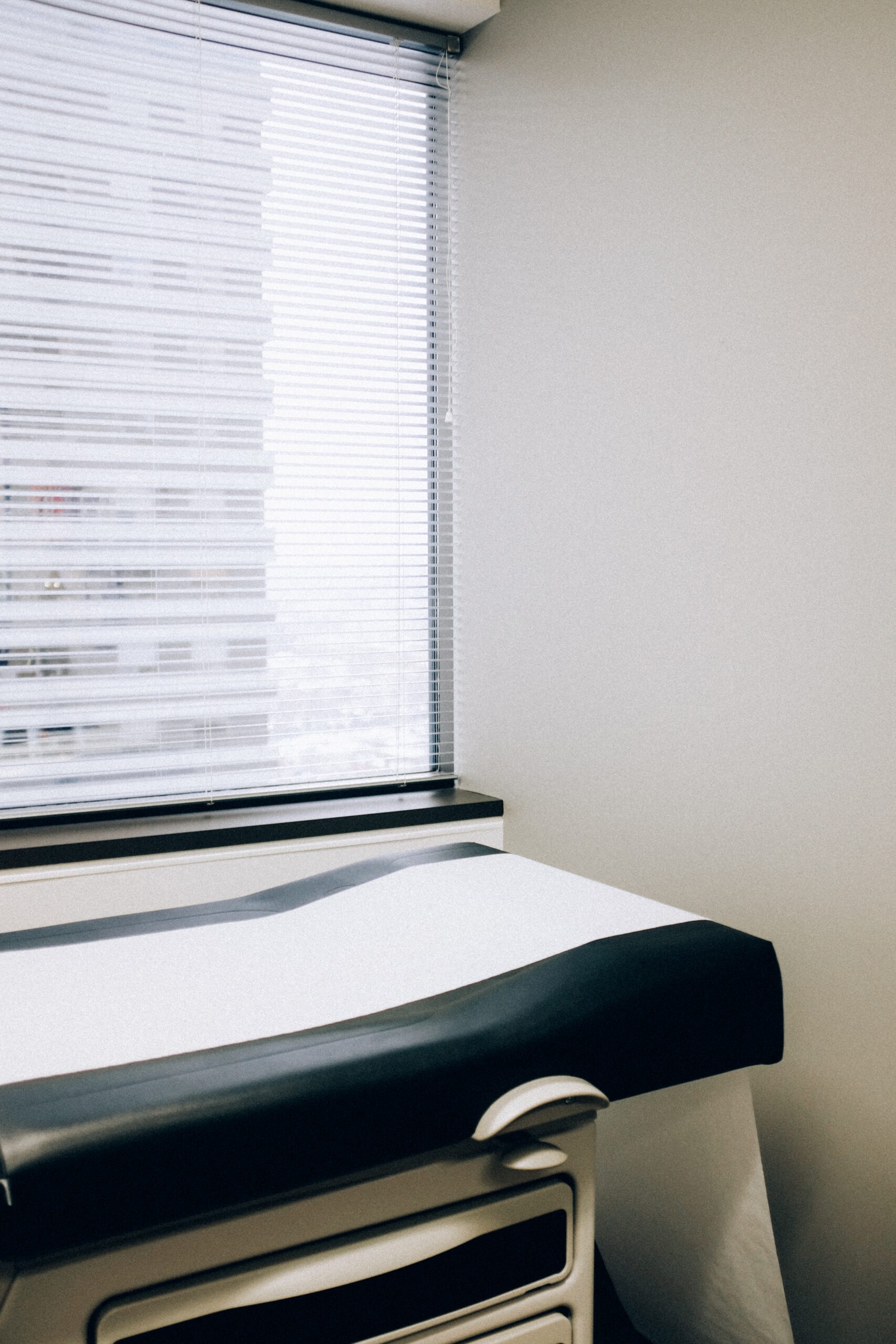It is critical to keep medical practices clean and sanitary to maintain patient safety, stop infections, and preserve the standing of medical institutions.
This article offers seven crucial pointers to assist medical professionals and personnel in setting up and maintaining a clean environment that promotes the best possible patient care.
Table of Contents
Rigorous Hand Hygiene Protocols
Maintaining good hand hygiene is crucial in ensuring a sanitary medical practice. Healthcare professionals come into contact with numerous pathogens and germs on a daily basis, making them susceptible to spreading infections. By practicing proper hand hygiene, such as washing hands thoroughly with soap and water or using hand sanitizers, healthcare workers can effectively reduce the risk of transmitting harmful bacteria and viruses to patients and other staff members. Regular handwashing also aids in preventing the spread of healthcare-associated infections (HAIs), which can have serious consequences for patients.
Sterilization of Medical Equipment
To stop the spread of illnesses, medical equipment must be thoroughly and regularly sterilized. Every reusable item, including surgical instruments, needs to be properly cleaned, disinfected, and sterilized. Maintaining regular equipment upkeep, using disposable things when necessary, and following manufacturer instructions all help to provide a safe and clean medical workplace. The thorough cleaning of medical equipment promotes a culture of accuracy and quality in the provision of healthcare by protecting patient welfare and adhering to legal requirements.
Strict Adherence to Infection Control Practices
Maintaining a clean medical practice requires the development and implementation of strong infection control procedures. This includes using personal protective equipment (PPE), doing proper medical waste disposal, and keeping common areas and waiting rooms clean. Regular updates on the latest techniques and training events for healthcare personnel on infection control measures ensure a consistent and successful strategy for infection prevention. Medical institutions show their dedication to public health, promote community well-being, and foster a safe and supportive environment for patients by placing a high priority on infection control procedures.
Regular Environmental Cleaning and Disinfection
To get rid of infections, all surfaces in the medical office must be cleaned thoroughly and often. Doorknobs, counters, and exam tables are examples of high-touch surfaces that require routine disinfection. A sterile environment may be maintained by following a systematic cleaning plan and utilizing disinfectants of the highest caliber for medical use. Appropriate waste disposal techniques, such as the separation of infectious garbage, also enhance general cleanliness. Thorough environmental cleaning protects patients’ and healthcare providers’ health by addressing unseen hazards in addition to maintaining an aesthetically pleasing environment.
Patient Education on Hygiene Practices
In addition to giving patients the confidence to manage their health actively, teaching the patients proper sanitation habits also helps keep medical facilities more hygienic. In waiting rooms and exam rooms, educational materials are placed emphasizing the value of proper breathing, hand cleanliness, and other preventative measures. To promote proactive infection management, encourage patients to be transparent about their symptoms and any exposure to infectious agents. In the end, patient education increases the efficacy of preventative measures inside the medical facility by encouraging a sense of shared accountability for hygiene and health.
Regular Training and Continuing Education for Staff
Medical personnel must get ongoing education and training to keep current on the newest hygienic procedures and best practices. Healthcare workers receive regular training on the prevention of infections, sterilization procedures, and the latest information on infectious illnesses. This gives them the knowledge and abilities they need to maintain strict hygiene standards in medical practice. A continually clean workplace depends on staff knowledge and compliance. Continuous education ensures that medical practice adapts to new problems and advances in healthcare. It also builds a culture of continuous development, strengthening the competency of healthcare practitioners.
Adequate Ventilation and Air Quality Management
One facet of hygiene that is sometimes neglected in medical practices is making sure the air quality and ventilation are adequate. A healthy ventilation system lowers the number of airborne pollutants in the air, which lowers the chance of infectious agents spreading through the air. The use of air purifiers, regular upkeep of ventilation systems, and adherence to indoor air quality norms all help to provide a better atmosphere for patients and medical personnel. A comprehensive approach to hygiene prioritizes sufficient ventilation, which not only takes care of surface hygiene but also improves the overall quality of the air within the medical facility, creating a healing environment.
Conclusion
To deliver high-quality treatment and guarantee patient safety, a medical office must be spotless and sanitary. A comprehensive strategy for preserving a sterile and secure healthcare environment is created by putting these seven suggestions into practice. Medical practices follow the highest standards of medical competence and contribute to patients’ general well-being by emphasizing cleanliness and hygiene.


 Home
Home










